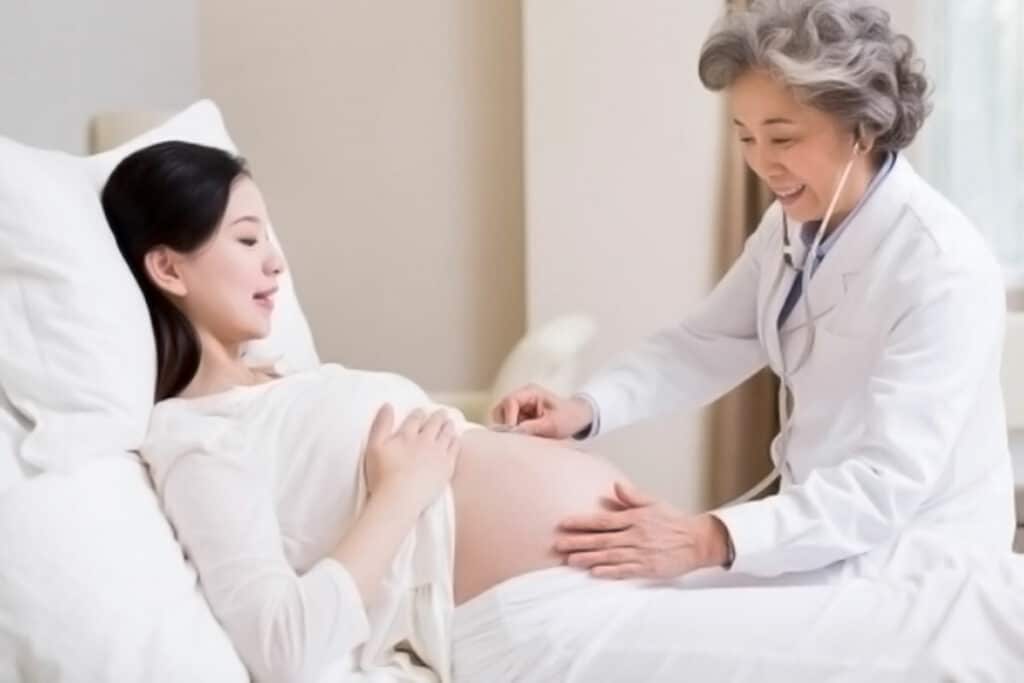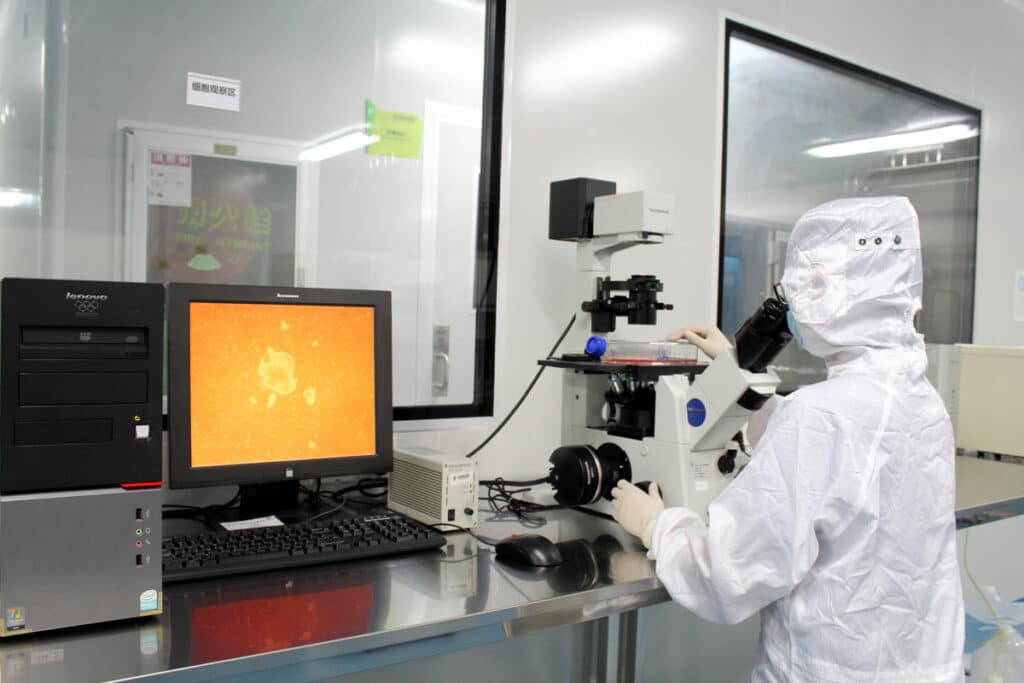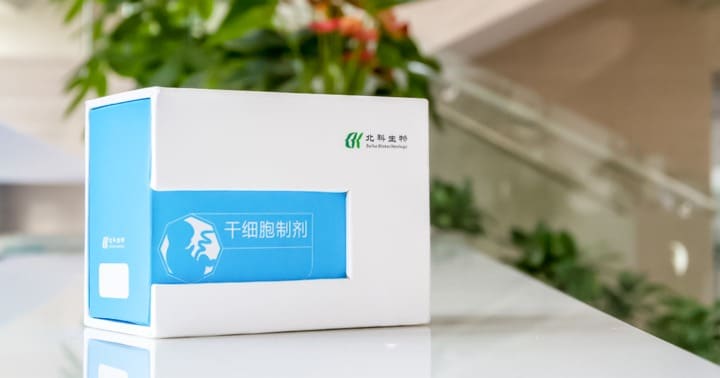Umbilical Cord Collection
and Initial Testings
It is a common practice in China for mothers to voluntarily donate the umbilical cord blood from the birth of their healthy full-term children. Every mother who enters a hospital in China to give birth is automatically tested for all major diseases. Detailed family histories are also collected from each mother prior to donation. Beike Biotechnology follows the People’s Republic of China strict regulation regarding blood donation and not less than five test rounds are being conducted by nationally qualified third-parties on potential donors for pathogen detection. Only women who have been fully screened and found to be completely healthy are allowed to donate their umbilical cord and umbilical cord blood.


Second Round of Testing
The second step in the screening process occurs in Beike laboratory once the collected sample have been tested negatively for communicable diseases, it is then transferred to our laboratories and officially becomes the property of Beike Biotechnology. From this stage, Beike is responsible for each and every sample that is processed and provided to patients. The collected sample starts a second round of testing and we test for cytomegalovirus, exogenous virus (human T-cell leukemia virus, HTLV), micro-organisms (aerobic bacteria, anaerobic bacteria, fungi, etc), survival rate, stem cell surface markers and stem cell biological characteristics (colony forming ability, differential capacity…) in each step to ensure the highest quality to its cell products.
Separation
Obtaining the cord blood serum and preparing the stem cells for culturing is accomplished by separating the desired components from the cord blood. The blood cells need to be removed from the blood serum and stem cells so as to not interfere with future injections. A centrifuge is used to separate the serum and stem cells from the red cells and platelets. This is highly refined and specialized separation process. After separation has been completed, the stem cells are removed for culture.


Culturing
The stem cells derived from each umbilical cord are seeded into a flask filled with culture medium. This medium does not contain any animal products (such as fetal calf serum) but it is enhanced with cell growth factors. The flasks are placed in a sterilized, temperature and humidity controlled incubator. The stem cells are expanded in the culture medium. Once the culturing is complete, the culture medium is washed away and are harvested.
Storage
The cell products are then cryo-preserved and stored at a consistent -196 degree Celsius temperature with automatic supplement of liquid nitrogen using the highly advanced Thermogenesis BioArchive system. This technology allows for integrated control rate of freezing that totally avoids sudden drops in temperature. Our cryo-preservation storage equipment is also equipped with 24h real-time control system and in any case of power-failure or other emergency, a redundant fail-safe power supply ensures that normal operation is carried out. Our vacuum protection system can maintain proper temperature for 20 days without supplement of liquid nitrogen.

Packing and Transport
All batches of stem cells undergo final testing. During this process they are also checked for quantity and quality. Once the stem cells are deemed safe, each unit is placed into either a sterile vial or a sterile IV bag for future transplantation. All products are individually cataloged and tracked while in transit. Our cell transplants take place two to three days a week. All of our cells are processed on an as-needed basis. All of our cell products are processed and kept fresh, giving us the highest stem cell viability count and the maximum potency.
